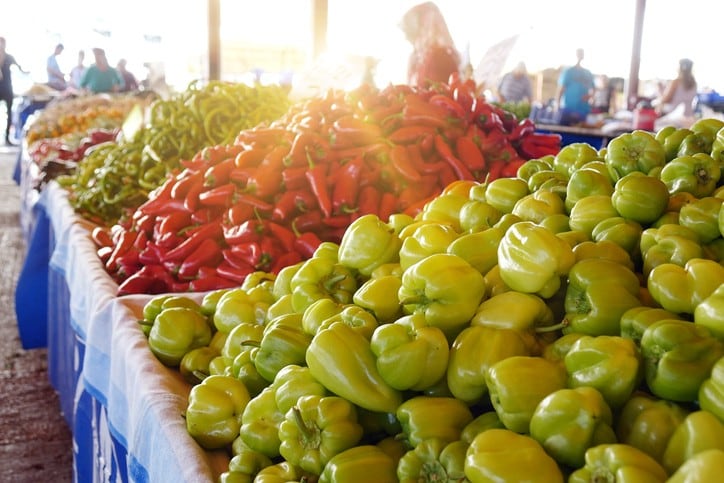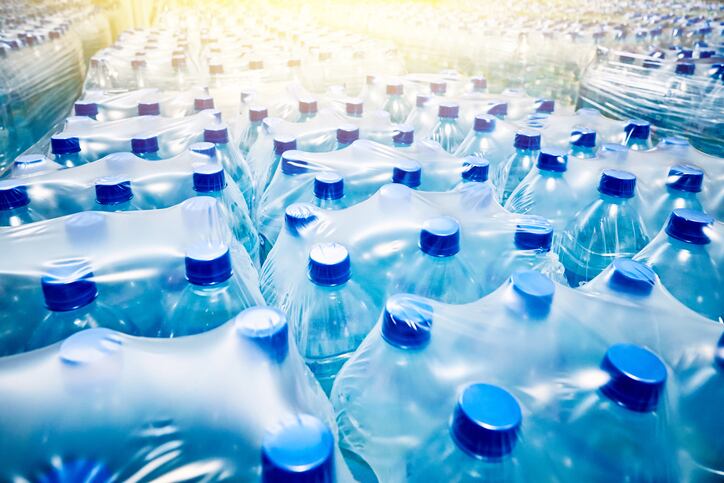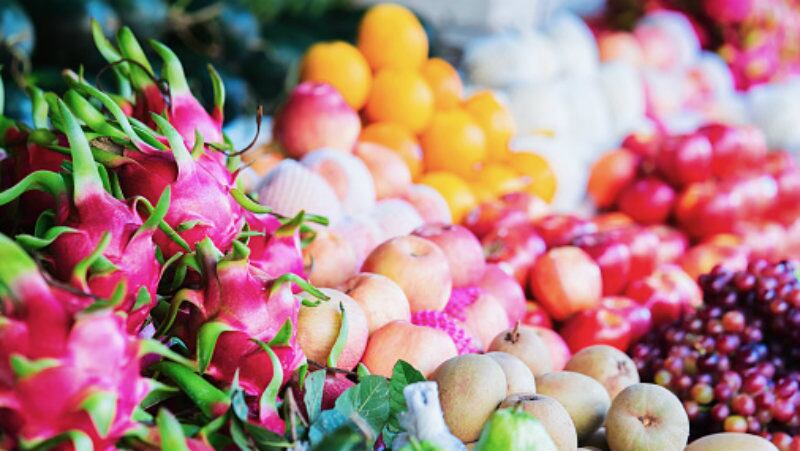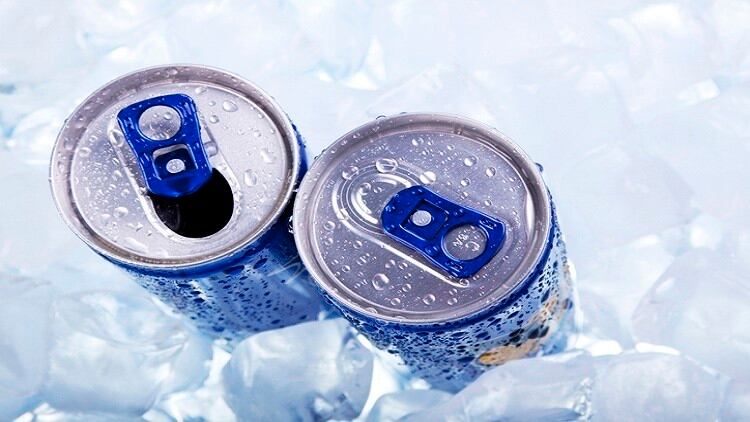Clean label trend: Why food safety is most important aspect for Middle East consumers
The most dominant clean label trend across the Asia, Middle East and Africa (APMEA) region is the importance of safety, according to new research by Kerry.
Most countries in this region have histories of food scandals, which have eroded trust in the supply chain, so consumers are interested in clean label as an assurance of product safety.
John Savage, president & CEO at Kerry APMEA told FoodNavigator-Asia: “By comparison, the clean label movement in Europe and the Americas has been driven much more by consumers’ health and environmental concerns.”
The report by Kerry surveyed 4000 participants in 13 countries across APMEA. Middle East (Turkey and Saudi Arabia) respondents made up 16% of the responses.
From fraud to consumer trends: Four risks and opportunities driving new NZ food safety strategy
The New Zealand Food Safety unit has recently opened its draft strategy for public consultation, and has identified four key emerging risks and opportunities to focus on within the New Zealand food safety system, which apply to both local and foreign food trade.
The four key emerging risks and opportunities in the New Zealand food safety system that were identified by the report were: Pressures on production, Consumer expectations and demands, New technology and innovation and Climate Change.
“Increasingly complex and global supply chains, sophisticated ‘food fraud’ and climate change are putting pressure on how [food is] produced and exported,” said stated the New Zealand Ministry for Primary Industries (MPI) consultation draft report titled ‘A Strategy for New Zealand Food Safety’
Japan’s food labelling standards: Around 20% of products not compliant with new regime
One-in-five food products in Japan are still not compliant with the country’s new food labelling standards, with time rapidly running out for manufacturers to make the changes.
The 10 new standards were enforced in April 2015 by the Consumers Affairs Agency in Japan for the labelling of processed foods and additives for consumers.
Food firms were encouraged to implement the changes as quickly as possible, with a final cut-off date of March 31, 2020. But Hiroyuki Kawai, CEO of Label Bank, a company specialising in food labelling regulations told FoodNavigator-Asia: “We estimate around 80% of total food products have followed the new food labelling standards.”
“However, it varies depending on the type of product and companies selling those goods, as these parameters will often determinate how hard it is to update the labels.”
Confectionery jumps on clean label trend as consumer awareness in Asia increases
Confectionery in Asia is increasingly taking up the clean label challenge, as consumers seek out better-for-you indulgence products.Mintel data shows that 60% of all new food and beverage launches in APAC contain at least one form of clean label claim, and ingredient supplier Chr. Hansen told us that confectionery was no longer an exception.
The firm’s regional marketing manager for natural colours in Singapore, Carel Soo said rising health awareness among consumers had pushed companies to produce indulgence products “that are healthier through the use of better-for-you and natural ingredients, smaller in portions, lower sugar and calories.”
Healthy China 2030 concerns? Country’s packaged foods and drinks take top spots for fat and sugar content
Packaged food and beverage products in China have been found to contain the highest levels of saturated fat and total sugar content, and is second only to India in terms of calorie content, according to a new study.
The study was conducted by the George Institute of Global Health across 12 countries and over 390,000 food and beverage products. The products were scored according to the Health Star Rating (HSR) system used in Australia and New Zealand, and accorded a number of stars from 0.5 (least healthy) to 5 (healthiest) based on their nutritional profiles.
Overall, Chinese packaged foods and beverages had the highest median saturated fat content (3.4 g/100 g), the highest median total sugar content (8.3 g/100 g) and the second-highest median energy content (1461kJ/100g).
“[A total of] 37,596 food and beverage products from China were analysed. [It] ranked amongst the [worst] performing countries for food with a mean HSR of 2.37, and foods and beverages combined at 2.43,” said the report authors.





